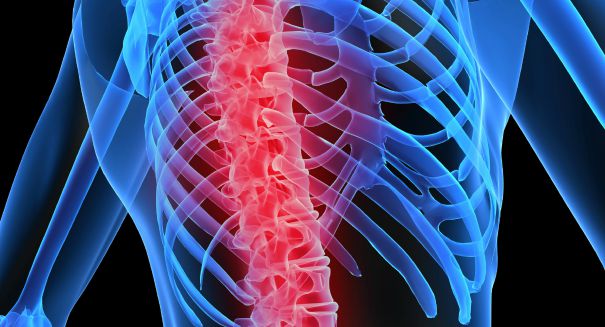
A rather amazing new technique has worked a miracle -- and the way it's done through simulation that is truly fascinating.
We recently reported on a new simulation that has allowed five men for the first time to experience movements in their legs, and the huge implications it could have for spinal research. But there’s also an amazing back story.
The story starts with physiologist Dr. V. Reggie Edgerton back in the 1990s, who met Christopher Reeve — the famous actor who played Superman but was severely injured while riding a horse, paralyzing him. Ever since Edgerton saw Superman in a wheelchair, he wanted to battle and defeat spinal injuries, according to a Washington Post report.
For the past four decades, Edgerton has been studying neural networks in the spinal cord and how they could regain voluntary control after paralysis. And a team of scientists at the University of California Los Angeles think they may have cracked the code: they’ve created a treatment procedure that could forever alter the futures of paraplegics everywhere.
Five men who had been paralyzed in their lower extremities found they could move their legs after years using a noninvasive electrical spinal cord stimulation.
Roderic Pettigrew, who works as the director of the National Institute of Biomedical Imaging and Biogengineering at the National Institutes of Health, said in the report that these were “encouraging results” that could mean that paralysis may not be the life-long sentence it has been — although it will, of course, require much more research.
The patients themselves were stunned. In fact, they didn’t say anything at first, not being able to believe, said Edgerton according to the report.
The men ranged in age from 19 to 56 and had a variety of reasons for their injuries, including car accidents and athletic activities.
But how does it work? Apparently, it changes the excitability of certain networks found in the spinal cord, basically acting like a hearing aid. The patients were given a drug called buspirone, typically used for anxiety, but it was found to enhance the stimulation.
If the results hold, it could promise a tremendous breakthrough, and hope for countless sufferers of paralysis and disability.